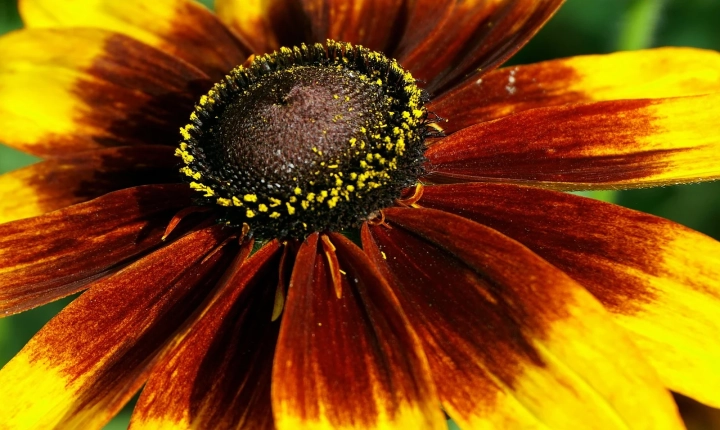Title: Creating AI Artwork: A Step-by-Step Guide
Artificial intelligence (AI) has emerged as a powerful tool for creating artwork, enabling artists to explore new techniques and styles. With the help of AI, artists can generate stunning visual pieces, from paintings to digital graphics, that challenge traditional notions of creativity. In this article, we will explore the process of creating AI artwork and offer a step-by-step guide for artists and enthusiasts to tap into the potential of AI as a creative medium.
Step 1: Familiarize Yourself with AI Tools
The first step in creating AI artwork is to familiarize yourself with the various AI tools available. There are numerous software applications and platforms that offer AI-powered features for generating art, such as neural style transfer, generative adversarial networks (GANs), and deep learning models. Some popular AI art tools include DeepArt, Prisma, and RunwayML, each of which offers unique features and functionalities for creating AI artwork.
Step 2: Gather Inspiration and Reference Material
Before diving into creating AI artwork, it’s essential to gather inspiration and reference material to inform your creative process. Explore different styles and genres of art, as well as contemporary AI-generated artwork, to identify techniques and themes that resonate with you. Additionally, collect a diverse range of reference images, textures, and patterns that can serve as source material for your AI art experiments.
Step 3: Choose the Right AI Technique
Next, choose the AI technique or approach that best aligns with your artistic vision. For example, neural style transfer allows artists to apply the style of one image to another, producing a hybrid artwork that merges two distinct visual aesthetics. Alternatively, GANs enable the generation of entirely new images based on a dataset of example images, offering the potential for creating unique and imaginative AI artwork.
Step 4: Experiment and Iterate
Once you have selected an AI technique, begin experimenting with different parameters, settings, and input images to generate AI artwork. Embrace the process of exploration and iteration, as AI art often requires fine-tuning and experimentation to achieve the desired results. Be open to unexpected outcomes and embrace serendipity as a part of the creative journey.
Step 5: Refine and Customize
As you generate AI artwork, take the time to refine and customize the results to align with your artistic vision. This may involve adjusting color palettes, altering the composition, or incorporating additional elements to enhance the overall aesthetic impact of the artwork. Consider how AI-generated elements can be integrated with traditional artistic techniques to create a cohesive and compelling visual narrative.
Step 6: Share and Collaborate
Finally, share your AI artwork with the world and engage with the broader AI art community. Participate in online forums, exhibitions, and collaborative projects to connect with fellow artists and enthusiasts who share an interest in AI-generated artwork. Embracing collaboration and community engagement can provide valuable feedback and insights, as well as open up new opportunities for showcasing and promoting your AI art.
In conclusion, creating AI artwork offers artists a unique and innovative way to explore creativity and visual expression. By leveraging AI tools and techniques, artists can push the boundaries of traditional artistic practice and discover new avenues for creating compelling and thought-provoking artwork. With the step-by-step guide outlined in this article, artists and enthusiasts can embark on their own journey of creating AI artwork and contribute to the growing intersection of art and artificial intelligence.
